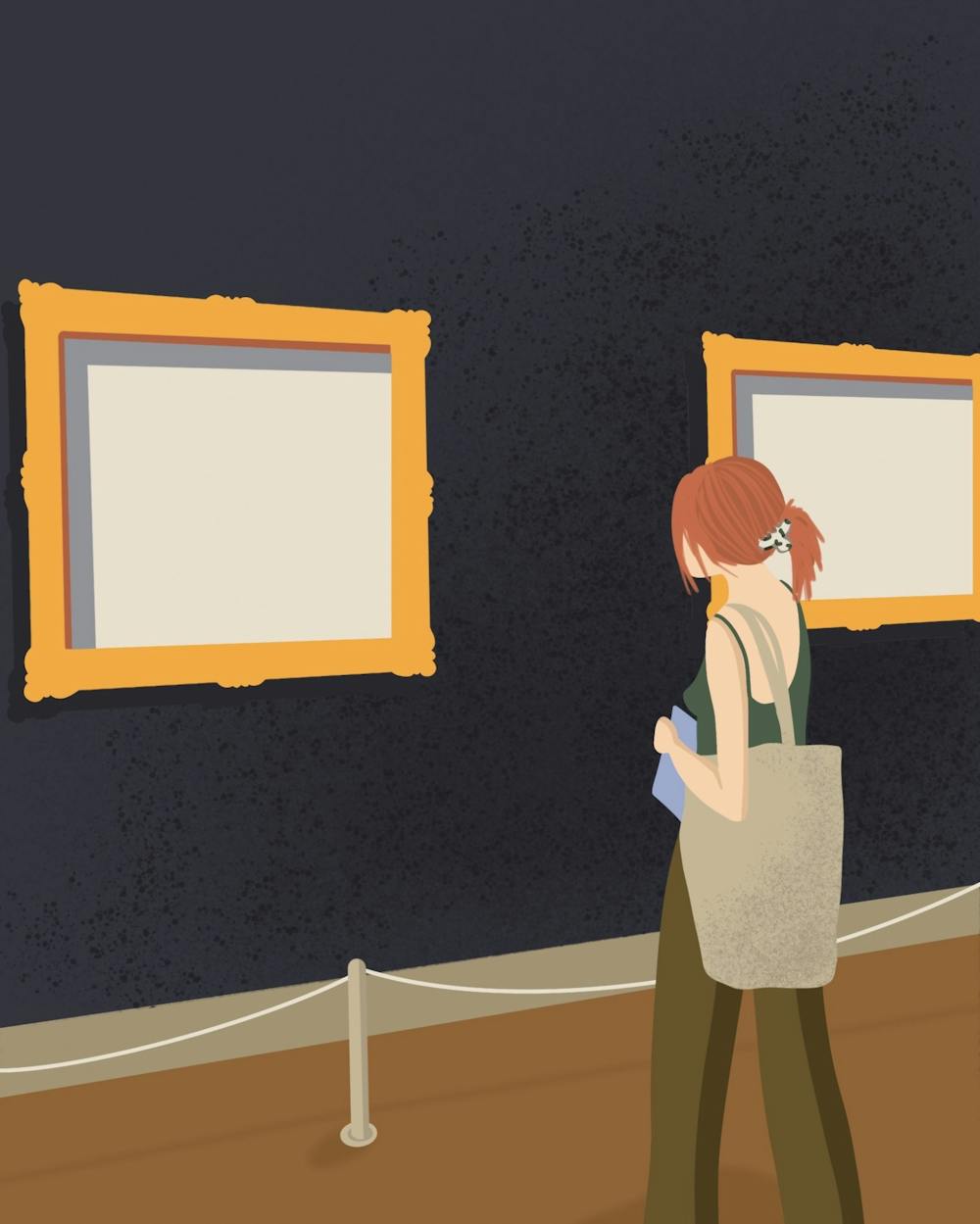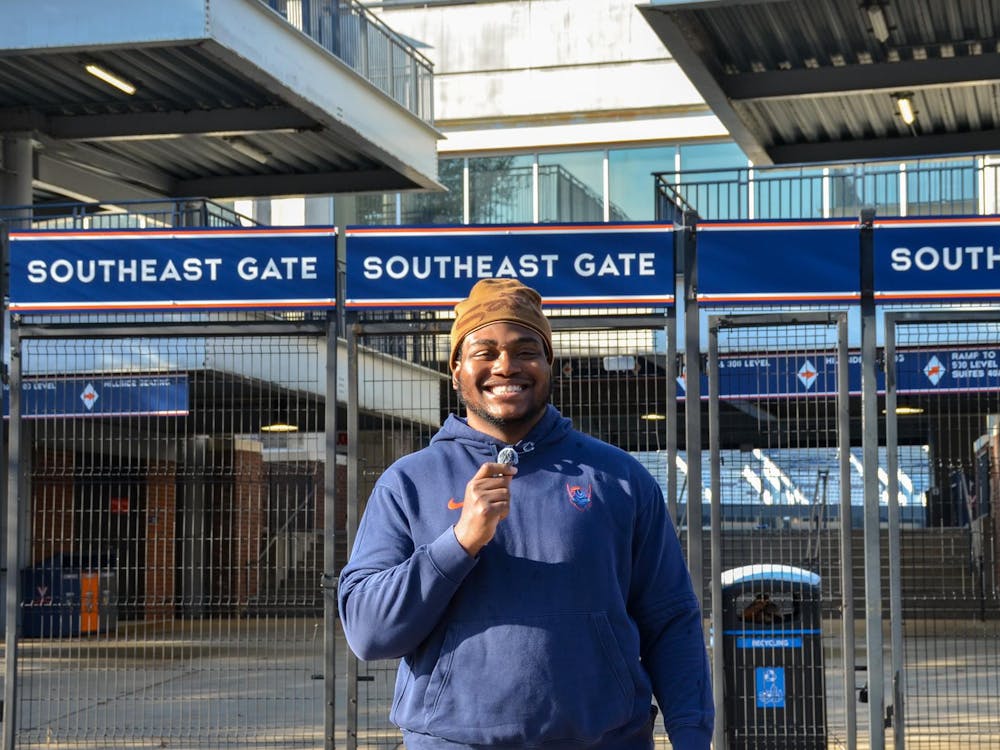In the summer of 2019, I visited Boston for the first time. I had just graduated from high school, and my parents said we could go on a family trip to a location of my choosing. As a longtime history fanatic, it had been my dream to visit Boston — a city known for historical events such as the Boston Massacre and the Boston Tea Party. Thus, I knew exactly where I wanted to go.
We spent about four days visiting Boston. During this time, we were able to visit all the landmarks along the Freedom Trail, watch “Miss Saigon” on Broadway and even shop down Newbury Street. While I thoroughly enjoyed each place we visited, my favorite part of the vacation was actually an art museum. Now, this was not any art museum — it was the location of the biggest art heist in the world.
I was brought to this museum by my close friend Faythe who I was able to meet up with in the city. Faythe lived in Rhode Island at the time and offered to come down to Boston when I told her about my trip. Due to the distance between our homes, we rarely got to see each other, so I jumped at the opportunity. She suggested that we visit the Isabella Stewart Gardner Museum. With no real idea of what the museum was about, I agreed with overwhelming excitement to reunite with my good friend.
When we began to look around the museum, nothing particularly odd seemed to strike me. I was fascinated by the architecture as well as the overwhelming variety of artwork that had been curated in this place. The museum was absolutely breathtakingly beautiful, but even these words don’t do it justice. My favorite part had to be the courtyard — a place where the sunlight beamed in through the window panels on the roof and danced alongside the flora planted.
I don’t exactly recall what room we were in when I first noticed that there was an empty frame. At first, I thought it was a part of the exhibition. However, I began to notice many spaces where artwork should have been — 13 empty spaces to be exact. I asked Faythe if she noticed or knew why that was. Her response is something that I am still learning more about today.
In March 1990, the Isabella Stewart Gardner Museum was robbed of exactly 13 pieces of artwork. It only took 81 minutes for the thieves to conduct this heist — 81 minutes that left a museum scarred for 31 years and counting.
I first heard this from Faythe. I have also recently heard this story from the relatively new Netflix docuseries called "This Is a Robbery: The World’s Biggest Art Heist" which details how two thieves executed an art heist worth millions of dollars at the Isabella Stewart Gardner Museum. Both times, I felt overwhelmingly uneasy and felt hair-rising chills.
While Faythe learned briefly about the museum earlier in her life, I had not heard of the museum nor its history prior to the summer of 2019. We quickly pulled up Google in the corner of one of the rooms and began to look into the heist. All we really got was that 13 pieces of art had been stolen in 1990 and have yet to be found. We also discovered that a 10 million dollar reward is being offered to anyone with information to this day. Due to the fact that the art pieces are still missing, the empty frames hang as a placeholder for when they return.
After I had visited the museum, I completely forgot about the art heist and the murky history that still surrounds it. However, I was just recently reminded of it whilst scrolling through Netflix on my laptop. As soon as I saw the title of the art heist docuseries, I pressed start and began to binge watch the show.
As aforementioned, the docuseries “‘This Is a Robbery: The World’s Biggest Art Heist” was actually released earlier this year. Combining old evidence, conspiracy theories, and new interviews with museum workers who were employed during the heist, the producers were able to piece together a timeline following the heist.
I was so intrigued by the entirety of the show — there was never really a dull moment. Despite knowing that the series would end with no artwork returned or found, I was hooked onto each word spoken. The premise of the subject at hand — where there was such little information as to where the paintings were and barely any trails to the robbers to this very day — had heightened the level of mystery and ambiguity of the show. I became even more intrigued as the screens that flashed on my laptop were ones I had physically seen years prior.
However, it was not only the mystery that made this show so memorable. I was impacted the most by just how meaningful these pieces of art were for the workers of the museum as well as those in careers related to the arts. Through interviews, it was evident that in the eyes of the museum workers, each of the 13 pieces held such significance for not just themselves but for the entirety of the world. At times when I was watching, I felt as if I had lost something personal of mine that could not be replaced — that was just how impactful the staff’s interviews were.
After finishing the show, I quickly texted Faythe and told her that she needs to watch it, so we can talk about it together. She is still working to finish the docuseries, and I cannot wait to hear the thoughts she has to share about it.
Even typing this now, it seems unreal that I stood before the empty frames that once housed works by Rembrandt and Degas. I hope that one day in the future I can stand in front of the same frames but face those works that I have not had the honor of seeing.
If you are a history or art fanatic, I highly recommend not only watching the docuseries but visiting the museum if you ever get the chance to. It is truly a one of a kind experience and looks into what is known as the world’s biggest art heist.
If by some chance you have information regarding the stolen artworks or investigation, contact the Gardner Museum Directly by calling the Director of Security at 617-278-5114 or emailing him at reward@gardnermuseum.org.
Zoya Zahid is a Life Columnist for The Cavalier Daily. She can be reached at life@cavalierdaily.com.







